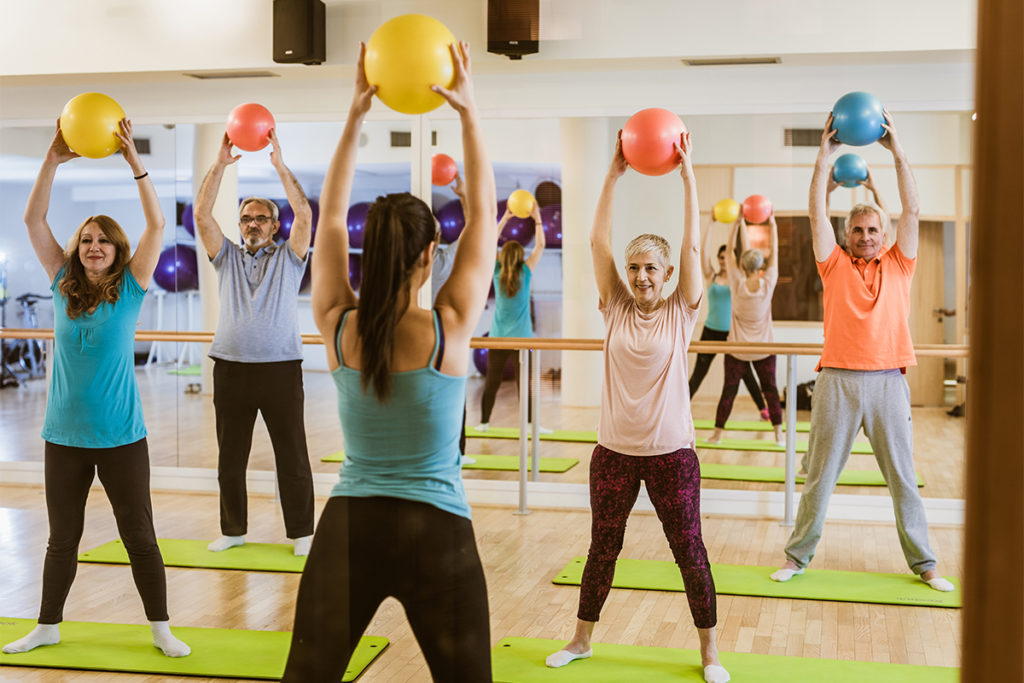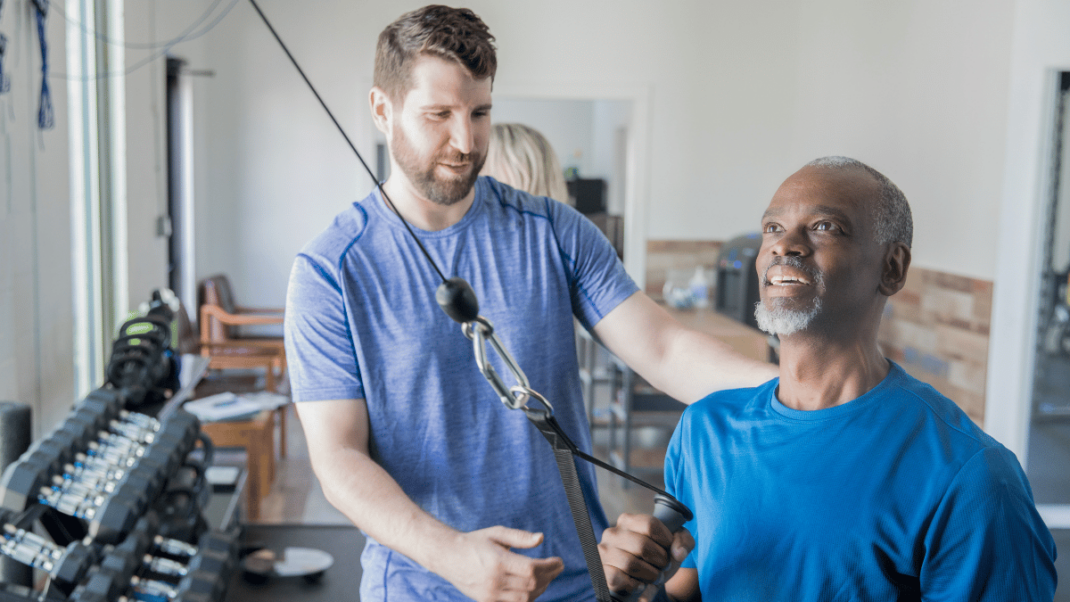Research Review: Pros and Cons of Standing

Sitting for extended periods of time is now considered as dangerous as smoking cigarettes, and as a result, many people have taken to standing during the workday. New research is shedding light on both positive and negative effects of the current trend.
Stand Up for Weight Loss
Can standing instead of sitting help you lose weight? Researchers say yes, though the losses are modest. According to data published in the European Journal of Preventive Cardiology (2018; 25 [5], 522–38), a person who weighs about 140 pounds and stands for 6 hours a day expends an extra 54 calories. That’s the equivalent of 5.5 pounds of weight loss per year.
This information, produced by the Mayo Clinic, is based on a review of 48 studies involving 1,184 subjects.
Researchers also learned that men tend to burn twice as many calories as women while standing. The scientists theorized that this may be because men have more muscle mass. Standing was also linked with improved fasting blood sugar levels, lower blood pressure and reduced triglyceride levels.
“Standing for long periods of time for many adults may seem unmanageable, especially those who have desk jobs, but, for the person who sits for 12 hours a day, cutting sitting time to half would give great benefits,” said researcher Francisco Lopez-Jimenez, MD. “Standing is one of the components of NEAT, and the results of our study support this theory. The idea is to work into our daily routines some lower-impact activities that can improve our long-term health.”
Lengthy Bouts of Standing May Have Downfalls
While the report you just read sounds positive, other researchers argue that standing is not without faults.
In a study published in Ergonomics (2018; 61 [70], 877–90), 20 adults were asked to perform 2 hours of standing computer work while researchers assessed the subjects’ physical comfort and mental function. As time passed, full-body discomfort increased, and sustained reaction time became impaired. However, creative problem-solving abilities improved.
“There was no change in erector spinae, rectus femoris, biceps femoris or tibialis anterior muscle fatigue; low back angle changed towards less lordosis, pelvis movement increased, lower limb swelling increased and mental state decreased,” the authors wrote. They noted that body discomfort was associated with mental state.
Based on these results, they concluded that people should be cautious about standing for extended periods of time.
Ryan Halvorson
Ryan Halvorson is an award-winning writer and editor, and IDEA's director of event programming.





